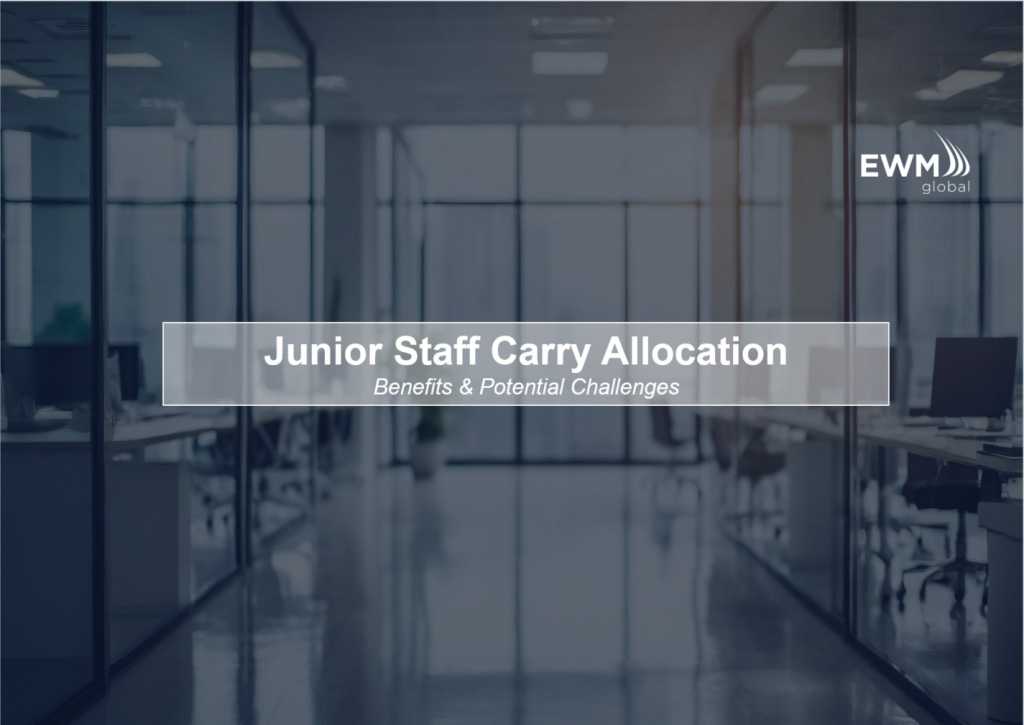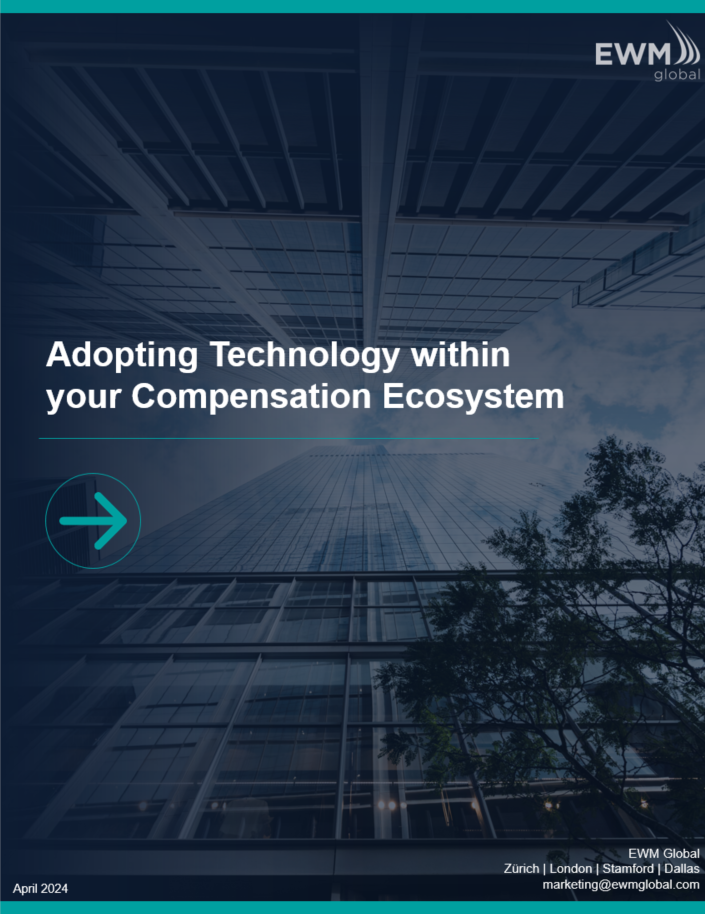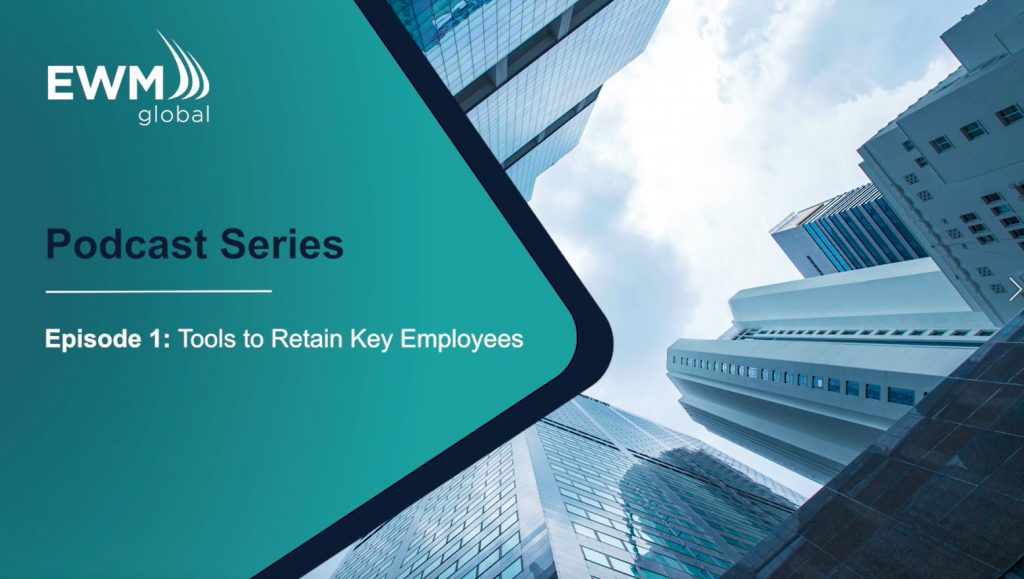Preparing for the umpteenth company-wide team video call this week, I started to reflect on how quickly this new way of remotely communicating and working with each other has become a reality. Having led a business driving digital transformation in the financial services space for the last 20 years, we have always been championing new technologies. We have introduced video conferencing many years ago and upgraded to the latest greatest whenever possible to reduce communication barriers between offices, increase productivity and embrace company culture. Internally, it was a success from the start and connecting virtually across offices in the US, Europe and Asia has become an integral part of our daily work life. Our clients, however, even though using video conferencing internally were still hesitant to engage with third parties like us via video. Until now.
In recent weeks our clients around the world have turned on their videos to virtually meet with us and other vendors. Even new client prospects, who we have never met before, are accepting meeting invites to video calls. We owe this change partly to new technologies which allow easy connectivity within a secure and safe environment across companies around the globe without requiring cumbersome downloads and admin permissions anymore. More importantly, in my opinion, the change itself became the core driver of the steep increase in usage of collaborative and virtual communication technology. The Covid-19 lockdown triggered the change in people’s head; it forced everyone to rethink working and connecting remotely.
I hope now that ‘back to the office’ slowly resumes around the world, wherever, whenever and however, everyone goes back with the recognition that the digital information, collaboration and virtual communication technologies bring great benefits. There is no doubt that remotely working at the current scale has worked out better than anybody would have ever anticipated (if asked 12 months ago). I myself have been impressed by the level of efficiency and productivity of our teams during the weeks of lockdown across our various office locations in the US, UK and Switzerland. Our daily team calls seemed to have helped keeping up team morale. Every team member has showed up and has been present, virtually, on every call. They have wanted to be there, wanted to connect, wanted to feel part of a bigger something, and that is a learning I will take back to the office with me. While we originally held less frequent global meetings, we will be holding them with far greater frequency moving forward to keep the team virtually connected, not just across office locations but also across their homes around the globe.
I expect working remotely (from home or from elsewhere) to remain on a high level. At the moment, a key argument is our employee’s health and safety which should come first at all times. There are many arguments that make working remotely attractive to employees and employers such as less time spent commuting, positive environmental impact, a better work-life balance, the increased attractiveness to a larger pool of talents and the improved connectivity across teams just to mention a few. A key change to my daily schedule, as it will have been for many others, is the lack of travel. It has been a dramatic, but welcome shift in my working life. I expect this will be a lasting legacy of Covid-19, as people reconsider the frequency of business travel and the balance between in person and virtual meetings.
All the above said, virtual connectivity also has its limits. Employers will be challenged to find the right balance between championing working remotely vs. coming to the office. As much as we are able to operate in a virtual world, I am convinced that a certain level of team building, project work, innovative thinking and problem solving still requires to meet in person. Being together as a team can accelerate the removal of roadblocks on the way to meet project goals. Equally important, employers will be tasked to provide office space which is designed to unleash creativity and better facilitate group and project work.
I also continue to be a strong believer that face to face contact with employees and clients goes a long way to building a solid and lasting relationship. I am already looking forward to being able to reconnect with both, our employees and clients, in person when this becomes a possibility again and hope that they feel the same and are not yet ready to replace me with an avatar!







